commentary Commentary
Commentary: Many ways to make a house a home but no easy fixes to housing vulnerable families
Housing vulnerable families is a complex challenge. When stable family relationships break down, social support is also crucial, says one observer from the Centre for Liveable Cities.
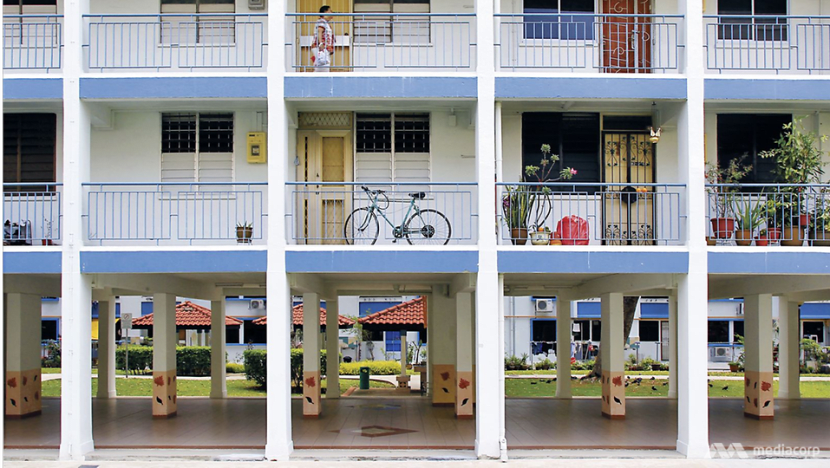
A view of an HDB block of flats in Singapore. (File photo: TODAY)
SINGAPORE: Recently, there has been much discussion on how to help the vulnerable, particularly those living in public rental flats.
Many have offered their views on what it means to have a home in Singapore and how we can help lower-income families put a better roof over their heads. It is heartening to see that there is no lack of passionate champions for the vulnerable.
As a former employee of the Housing and Development Board, I have been following these discussions keenly. I am intrigued by one suggestion that we should build bigger public rental flats, and create a larger subsidised public rental housing programme catering to a higher share of the population.
It is not difficult to build more and bigger rental flats. The more fundamental issue is this - what is the best way of allocating the limited quantum of housing subsidies within the Government’s budget?
READ: Can shifting the emphasis to renting help solve Singapore’s public housing puzzle? A commentary
RENT OR OWN?
Some countries prefer to allocate the subsidies in favour of rental. For example, in Hong Kong, about 29 per cent of the population live in subsidised public rental housing, with more renting from the open market.
There is little prospect of young couples owning a decently sized home when they are ready for marriage, something we have almost taken for granted in Singapore.
We have opted for a different approach to housing here, right from the early days of nation building. It is one that emphasises homeownership as a key pillar of our social compact. Today, more than 90 per cent of residents in Singapore own their homes, with about 80 per cent of Singaporeans living in HDB flats.
Even among the less well-off in our society – 83 per cent of the bottom 10 per cent of households in terms of income own a home, and this figure stands at 87 per cent for the bottom 20 per cent of households.
The success of our public housing story is well documented and remains a model many nations aspire to. If we had weighed our subsidies towards rental, the housing outcomes for Singapore would have been quite different.
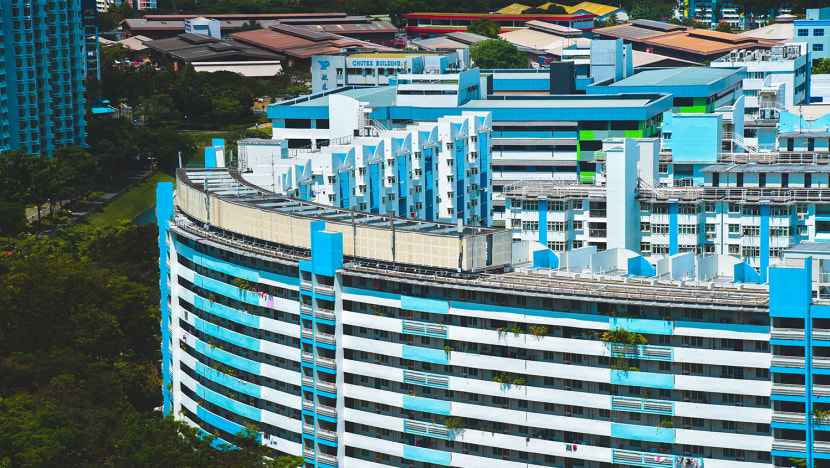
In fact, HDB used to offer 3-room rental flats. This was discontinued in 1982.
At that time, many existing tenants preferred to buy their own three-room flats, as it made more financial sense for them to do so, given the highly subsidised pricing for such new flats. They could also use their CPF savings to pay for it, instead of paying rent in cash, and they got to own the flat at the end of the day.
Since then, the Government has continued to enhance subsidies for home ownership. Housing subsidies are more generous and also designed to be progressive and fair. Grants such as the Additional CPF Housing Grant (AHG) and Special CPF Housing Grant (SHG) are means tested, with lower-income families receiving larger grants.
Effectively, low-income families buying new HDB flats can receive up to S$80,000 in grants, on top of the already subsidised flat price. Eligible families buying HDB resale flats can also receive up to S$120,000 in grants.
There are also specific schemes to help rental tenants achieve homeownership, including giving them priority in the ballot for new flats, and additional grants under the Fresh Start Housing Scheme.
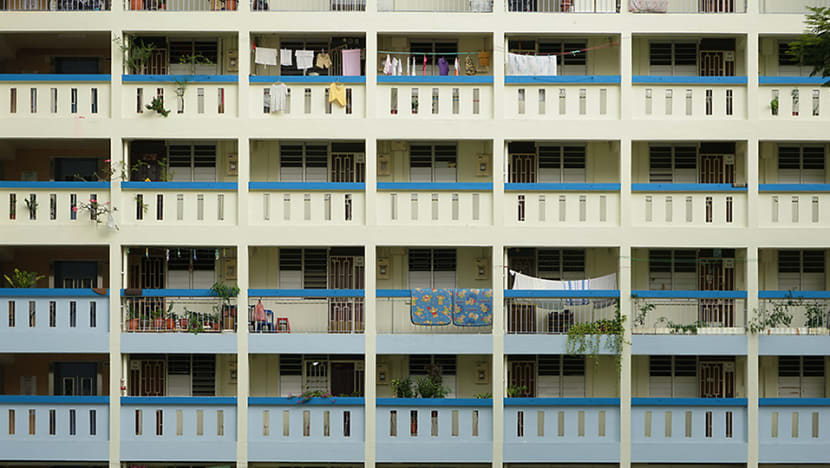
MANY STILL ASPIRE TO OWN THEIR OWN HOME
My sense is that most rental households today continue to aspire to have their own homes. In the last five years, about 3,700 households living in subsidised rental flats have moved on to homeownership.
Last year we saw a record high of almost 1,000 of such households moving on to own their homes. This upward trend is a positive development.
I expect many of them are first-timer households, who would qualify for significant housing grants, are typically younger and can take a larger loan due to the longer tenure.
But even among the second-timer households who live in public rental flats, the desire for homeownership is strong, looking at the positive response towards the Fresh Start Housing Scheme.
WE NEED AN INTEGRATED APPROACH TO HELP VULNERABLE FAMILIES
However, each family has their own journey, and we cannot rush them into buying a home if they are not ready. Some may need more time to work on stabilising their finances and family circumstances before buying a flat, and we should respect that and support them to become ready.
The discussion so far has shown that housing the vulnerable is complex because it is not just about bricks and mortar – the cement of homes is the stability of family relationships. When these break down, while housing support is important, social support is also crucial.
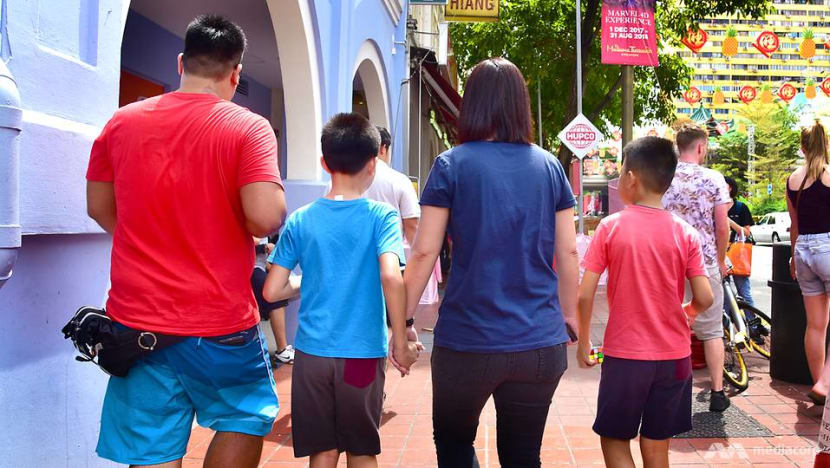
We have seen differing philosophies and approaches among social work practitioners on how to provide such support. I would like to suggest a few areas to focus on.
First, we should consider how to better integrate the various modes of social assistance, and intensify the handholding and support we provide to families in rental flats. Such an operating model has shown some positive results in Project 4650, where tenants of two Interim Rental Housing blocks in Bedok South were offered intensive assistance in their homeownership journey.
Families in public rental often face multiple challenges - financial difficulties, unemployment, family conflict and so on. Currently, they have to approach different agencies for help with each challenge, and each agency may not have a complete picture of the family.
Guiding rental tenants towards owning their homes thus requires extensive coordination between the Government and voluntary groups to better understand the challenges tenants face. The various parties have to jointly build a comprehensive view of each family’s situation.
They should also agree on a shared approach to help the family so that the various forms of assistance provided complement one another and holistically tackle their challenges.

In this regard, I welcome the recent announcement by the Ministry of Social and Family Development to set up social service hubs in and around rental housing precincts.
Mindset changes are also needed to ensure the success of these social service hubs. Instead of operating in silos, frontline staff supporting our rental families must be empowered to take an integrated approach, putting families, not organisations, at the centre of their work.
READ: Tackle inequality by moving from emotion to action, a commentary
IMPROVE PUBLIC RENTAL FLATS
Second, there is scope to improve the physical environment in public rental blocks. The newer HDB rental blocks, with better ventilation, natural lighting along the corridor and larger, elder-friendly toilets, do have better designs and are much more liveable compared to older rental blocks. I have seen examples of both. So we should expedite the replacement and renewal of older rental blocks with new and better designed ones.
Third, we can do more to integrate rental and sold units within the same block or precinct. HDB has started building mixed blocks which contain both rental and homeownership flats.
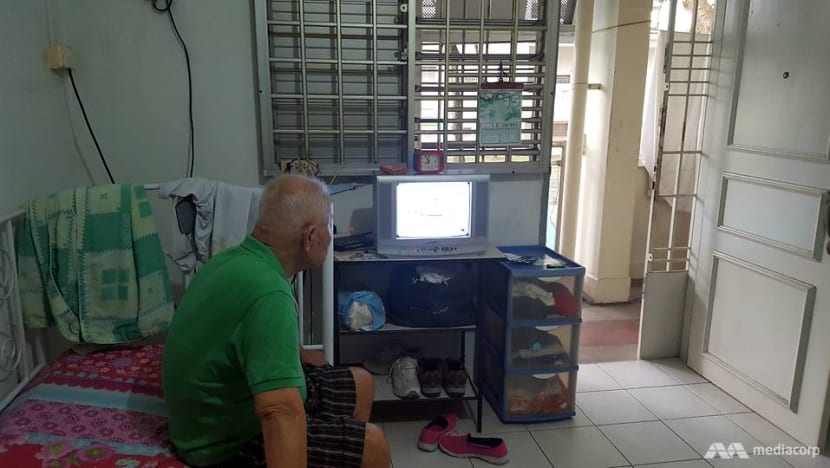
HELP MUST COME FROM ALL OF US
This brings me to my final suggestion, which is that helping others is not only the job of Government agencies. It is up to all of us to provide mutual support and care for fellow Singaporeans.
We can step forward with our skills. Retired teachers have volunteered to tutor children at the Homework Cafe in Project 4650.
We can also offer our time and energy. The Cassia Resettlement Team helped elderly rental tenants move from their old flats to their new ones in Cassia Crescent, and continue to befriend them and help them with their daily needs.
These examples show that ordinary citizens can come together to make extraordinary difference in helping others.
I have great respect for the social work practitioners, public service officers, and volunteers who already give their effort and understanding to others in need. More of us can and should do the same.
Chionh Chye Khye is a fellow at the Centre for Liveable Cities and was Deputy CEO (Building and Development) of the Housing and Development Board from 1998 to 2002.














